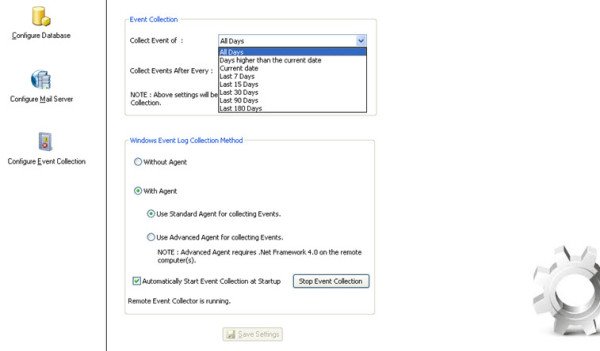

Level, which tells you whether the event is an Information, Warning or Error.Source – informs which Service or App generated the event.Event ID, which is the part that gives you the easiest way to learn what exactly happened after a quick Google search.Applications and Services logs (which contains a whole lot of “sublogs” devoted to specific Apps.Each event falls under a certain category.To understand how to read the logs, you need to know the basic structure of an event log entry. PowerShell lets you generate automatic reports about the most important events to read while drinking your morning coffee. It is an invaluable asset if you think about server health monitoring.

Searching the logs using the PowerShell has a certain advantage, though – you can check events on the local or remote computers much quicker using the console. The Event Viewer is an intuitive tool which lets you find all the required info, provided you know what to look for. How to view Windows event logįirst, there are two ways to access the events logged in Windows – through the Event Viewer and using the Get-EventLog / Get-WinEvent cmdlets. Basically, logs tell you what’s happening with the PC, who’s done what and which system components might need fixing. Windows event log is a collection of monitoring and troubleshooting messages from your system and applications. Checking login and logoff time with PowerShell.Use PowerShell to diagnose problems on multiple computers.


 0 kommentar(er)
0 kommentar(er)
